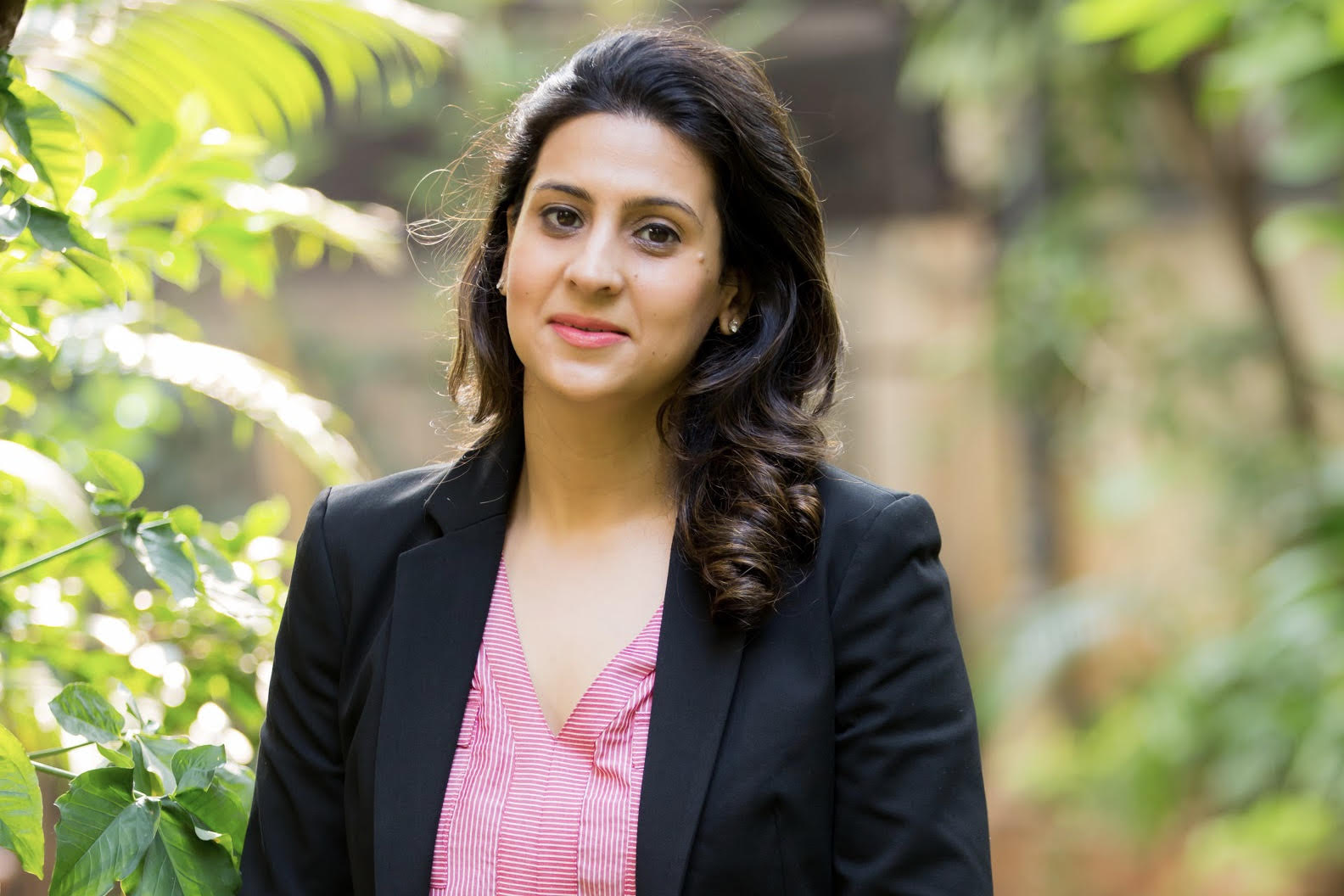The Covid-19 second wave has highlighted that we as humans are vulnerable to experience loss and uncertainty. With the grim statistics emerging from our country, India’s Covid-19 battle has been the focus of the world media over the past few months. Death is a universal event and loss an unwelcome emotion. An experience difficult to emote as it entails reliving the memory of the deceased while accepting the finality of the relationship. Loss is experienced through psychophysiological reactions such as crying, insomnia, lack of appetite and motivation.
Sagar, 42 was very close to his mom who lived back home in India while he had settled overseas. The second wave of the pandemic did not spare his active and energetic mom and she was hospitalized with Covid-19. With other family members in quarantine while his mom was under medical care in the Intensive Care Unit (ICU), he would try and facetime with his mom to ensure that she remained emotionally strong. Within two weeks with India’s borders still shut, his mom breathed her last and never returned from the hospital. Sagar, who had a young family himself, tried to accept the circumstances and move on. In a matter of four weeks post his mother’s death he faced his first panic attack. In therapy he shared that he had not accepted his mothers untimely death and felt guilty for not being next to her in her last moments. His mind kept wandering to thoughts of his mom being alone in pain, being lonely and he mentioned that this was not the death she deserved. His relationship with himself and life had been permanently altered. He let down his defenses and ego and simply what was left was the acceptance of an irreversible event. Loss shattered his prior thinking of himself, his relationships and the world in general.
Loss creates a fear of separation among humans who thrive on connectivity. Grief entails giving up old memories and forming new ones. It is redefining and realigning one’s relationship with those who are alive. Sagar was torn apart when he lost his mother to whom he was so attached and dealing with his father with whom he never had a healthy emotional bond. Eric Lindemann, clinician (1944) emphasized that loss is a ‘milestone’ and one needs to stress on ‘work’ in grief. Here working was defined as becoming liberated from a strong link to the deceased, new adaptation to the environment surrounding the bereaved, and the establishment of new interpersonal relationships.
Most often individuals do ignore the working process involved in grieving. With an impulse to shut down the emotional center, readapting is seen with individuals getting back quickly into their work routines. Coping and reorienting the mind requires significant cognitive work and thus avoidance seems as a go to strategy. However, one needs to PAUSE & PROCESS. The two-track model of Bereavement (Rubin, 1996) studies loss in relation to the function of the bereaved (functional aspect) and the process of maintaining and changing the relationship to the deceased (relational aspect). As time heals, blocking events and memories of the deceased may not be possible, thus reworking one’s attachment to the deceased is essential. Psychological healing involves maintaining this balance of functionality while still maintaining the relationship to the deceased. Healing is thus ever changing, incorporating and moving through varying degrees of adjustment and coping.
Grief is not an illness but a process that humans of all ages cope and adapt to (Silverman,1988, White, 1974). There is no standard meaning or protocol of grieving for the survivor or the individual who is anticipating it. The human experience is consumed by the emotion of regret “I could have done much more”, the thoughts retreat into irrationality “Why do I deserve this” and the body response is generally reactive- Unhealthy R’s (Malkinson, 1994). Transitioning through these the human mind then moves to recover, readapt and respond to life in the presence of loss- Healthy R’s (Ellis & Diuseppe,1993). As highlighted by Kubler-Ross (1969) the process of denial, anger, bargaining, depression before acceptance of death are part of the human experience of grief. Moving through these, Kessler (1993) added the cognitive and emotional state of redefining and attaching meaning to the loss and more to life.
Ana, 32 lost a work friend aged 28 years to Covid-19 and developed an intense pain on the neck and spine. Despite repeated scans and pathology tests no medical illness was diagnosed. The pain persisted over months and she faced discomfort while working. During therapy she voiced about her inner conflicts with accepting the death of her young friend and colleague. Her vision of life had been distorted and she couldn’t find any reason to continue working towards her ambitions and career. Her symptoms were a constant reminder to her about the fact that she had experienced loss. She felt guilty to move on with daily activities of life and looked down on herself whenever she took a few steps forward. Therapy reminded her that she did not need to detach to heal. Her feelings of their relationship were internalized to the extent that she was aggressive and harsh towards herself. Psychiatrist Murray Parkes (1985) wrote about the ambivalent grief syndrome that the mourner finds it difficult to grieve, as there is a loss of improving the relationship with the deceased.
Thought stopping, thought- restructuring, relaxation and breathing techniques are effective during this phase. Self-talk as a tool works to reassure the mind that redefining the human experience of life and its purpose is possible. Leave taking rituals (Van der Hart, 1986) have a symbolic meaning in resuming functionality and helping the mourner establish new relationships. Rituals in the form of letter writing to the deceased, journaling one’s daily thoughts and emotions and parting with a memorable object of the deceased are modes of expressing grief. These activities allow us to gain some control over our thoughts and feelings and helplessness experienced during the death event ceases.
The emotions of sadness, frustration, disappointment and irritation post an uncontrollable event such as death is normal and healthy. Handling and tolerating pain is incorporated in the healing process. We see numerous instances where people tend to judge how the mourner handles his/her loss, “he’s so devastated…poor him” or how and what the mourner and the grieving family express. Just as giving birth is a subjective individual experience, so is loss. Critically evaluating the self or the other person increases pain along with symptoms of anxiety and depression. Most importantly in handling this inner conflict of reestablishing meaning to the loss and the present reality a constant reminder needs to be made between assumptions (thoughts about reality) and facts (reality as it presents itself).
Author, Thomas Attig (1996) explains grieving entails a process of relearning a world disrupted by loss and relearning the self. Compassion is the magical key to be kind and connected while mindfully connecting back to the outside world with the loss. Compassion here would be to heal at a pace that your body and mind desire while still maintaining functionality. The most difficult component of death is that it takes the will to choose from humans. However, the will to mourn and grieve with healthier thoughts and emotions always lies within the cognitive mind. As the enlightened Gautam Buddha said “Even loss and betrayal can bring us awakening”
Grief: A Suppressed emotion or a readaptation?
Compassion is the magical key to be kind and connected while mindfully connecting back to the outside world with the loss.

